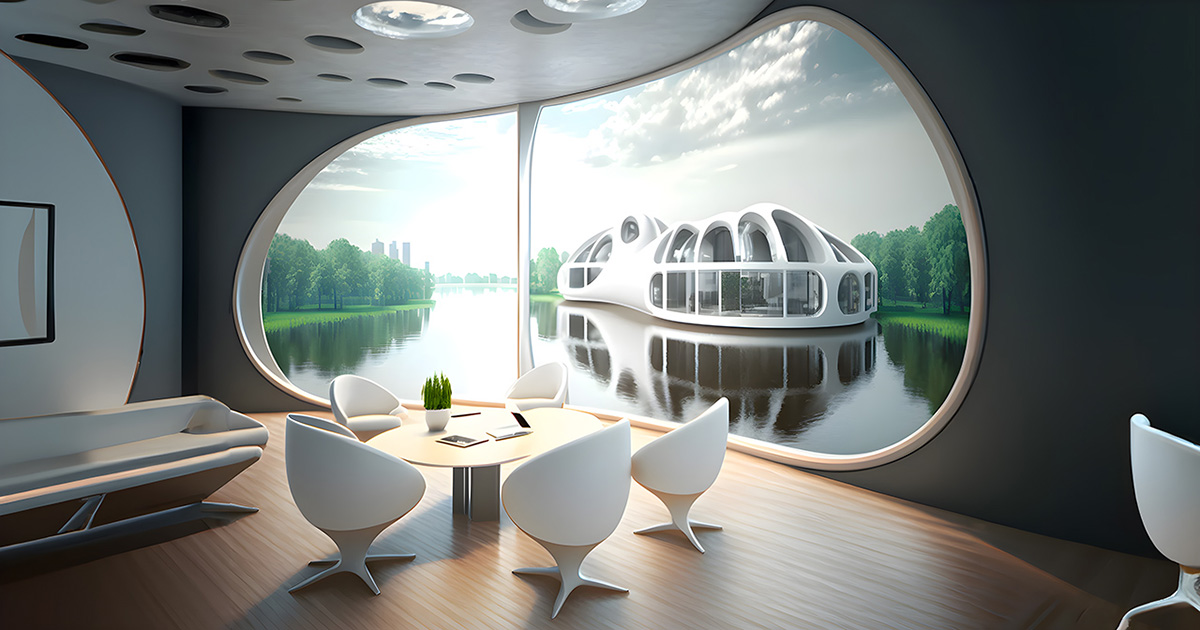Introduction: Co-Living Spaces in the Modern
In the ever-evolving landscape of urban living, co-living spaces are emerging as a compelling alternative that blends the concepts of community, collaboration, and convenience. This article delves into the future of co-living spaces and how they are reshaping the way we experience communal living.
1. The Essence of Co-Living Spaces: Redefining Shared Living Dynamics
As the boundaries between work, life, and community blur, co-living spaces reinvent traditional notions of shared living dynamics. These spaces foster a sense of belonging, engagement, and interconnectedness among residents, creating a vibrant living environment.
2. Design Innovation in Co-Living: Creating Collaborative Environments
Design plays a pivotal role in shaping the ambiance and functionality of co-living spaces. By incorporating innovative design elements that prioritize flexibility, aesthetics, and sustainability, these spaces can cater to the diverse and preferences of residents.
3. Shared Amenities and Services: Elevating the Resident Experience
One of the hallmarks of co-living spaces is the array of shared amenities and services they offer. From co-working spaces and fitness centers to communal kitchens and social events, these facilities enhance the quality of life for residents, fostering a sense of community and well-being.

4. Cultivating Community Engagement: Building Meaningful Connections
At the heart of co-living spaces is a strong emphasis on community engagement. Through curated events, workshops, and social gatherings, residents have the opportunity to connect, collaborate, and forge meaningful relationships, thus enriching their overall living experience.
5. Embracing Technology in Co-Living: Smart Solutions for Modern Living
Technology plays a vital role in enhancing the convenience and efficiency of co-living spaces. With smart home features, digital communication platforms, and personalized services, residents can enjoy a seamless and connected living experience that caters to their individual needs.
6. Sustainability Practices in Co-Living: Promoting Eco-Conscious Living
In an era of heightened environmental awareness, co-living spaces are at the forefront of promoting sustainable living practices. Energy-efficient design, waste reduction initiatives, and community-driven eco-conscious efforts contribute to a greener and more sustainable living environment.
7. Flexibility and Affordability: Tailoring Living Solutions to Varied Needs
Co-living spaces offer a range of housing options, flexible lease arrangements, and affordable living solutions that cater to the diverse lifestyles and financial constraints of residents. This adaptability ensures that everyone can find a living arrangement that suits their needs.
8. Wellness and Balance: Fostering Holistic Living Experiences
Wellness and mindfulness are integral components of the co-living experience. By integrating wellness programs, fitness classes, and mental health resources, these spaces promote a balanced lifestyle that prioritizes the well-being and holistic development of residents.

9. Embracing Cultural Diversity: Creating Inclusive Living Communities
Diversity and inclusivity are celebrated in co-living spaces, creating a melting pot of cultures, backgrounds, and perspectives. This cultural tapestry enriches the communal experience, fosters mutual respect, and encourages global connections among residents.
10. Urban Revitalization Through Co-Living: Shaping the Future of Cities
As co-living spaces continue to gain popularity, they act as catalysts for urban revitalization. By revitalizing underutilized spaces, fostering neighborhood vibrancy, and promoting sustainable living practices, co-living spaces contribute to the creation of inclusive, collaborative, and thriving urban communities.










